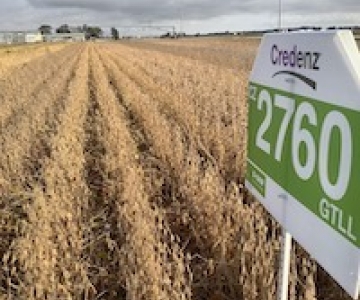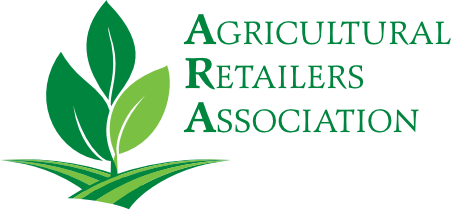Editorial

Latest in-plant innovations maximize variety, farmland potential
Feb 08, 2021
The first varieties providing resistance to reniform nematodes were recently released by PhytoGen® cottonseed, the U.S. cottonseed brand of Corteva Agriscience. Stacked with the PhytoGen Breeding Trait™ for root-knot nematode (RKN) resistance, these two varieties deliver the best in-plant nematode protection package in the cottonseed market. (Sponsored content)
Read More
2021 Year Ahead Report – Forces That Will Shape the U.S. Rural Economy
Jan 12, 2021
The CoBank 2021 Year Ahead Outlook Report examines 10 key factors that will shape agriculture and market sectors that serve rural communities throughout the U.S. Learn more about the 2021 outlook from CoBank’s Knowledge Exchange. (Sponsored Content)
Read More
Look for spring herbicides with flexible application windows
Dec 28, 2020
In a time when growers are looking for ways to cut costs more than ever, Atticus is a branded-generic crop protection provider, offering relevant products at a more affordable price to protect their investments. Consider some of these options. (sponsored content)
Read More
Start with Seed: Select the Right Trait and Variety
Dec 08, 2020
Choosing a trait platform depends on the unique needs of each farm, but it is recommended to evaluate multiple trait platforms and to select an option that enables multiple modes of action. Working with your local BASF representative is a good way to help your customers determine what system will allow best control of those weed and select varieties at a field level. (Sponsored content)
Read More
Field of Agronomic Dreams: Rethinking the Farm Supply Co-op to Drive Value
Nov 23, 2020
A new report from CoBank’s Knowledge Exchange indicated these challenges may be a catalyst for farm supply cooperatives to rethink their business model. The report outlines several ideas for them to explore in their annual strategic planning process. See highlighted ideas for consideration. (sponsored content)
Read More
ESN, your insurance against nitrogen loss
Nov 10, 2020
Growers are aware that nitrogen is subject to loss (leaching, denitrification, volatilization), which can cost yield and profits. Nitrogen loss can be particularly challenging with the wild weather growers have experienced the last few years. (sponsored content)
Read More
Conquer the 2021 growing season by planning ahead
Oct 26, 2020
The key to victory is planning ahead. As harvest is wrapping up, growers are ready to construct their game plan for a successful next season in place. As you have these discussions, keep in mind the best plans include a strategic crop protection program with season-long coverage. (Sponsored Content)

Talking active ingredients? Double check your pronunciation skills
Sep 28, 2020
Atticus just made it simple with a new pronunciation tool that’s available throughout its entire product portfolio. Just search a product with the AI you’re looking for, then click on the sound icon to hear it spoken aloud. (Sponsored content)
Read More
Summer 2020 Economic Outlook: Rural Industries Adapt to Coronavirus Reality
Jul 26, 2020
Over the past four months, every rural industry has grappled with how to adjust its business to remain relevant and sustainable in the face of the coronavirus pandemic. Learn more about how COVID-19 has impacted agriculture and other rural industries in the latest Quarterly Economic report from CoBank’s Knowledge Exchange. (Sponsored content)
Read More
Growing Farms of the Future: Using Smart Tech in Smarter Ways
Jul 18, 2020
By the year 2050, the Food and Agriculture Organization of the United Nations (FAO) predicts there will be 9.6 billion people on this planet, which will require a 70 percent increase in food production. (Sponsored Content)
Read More